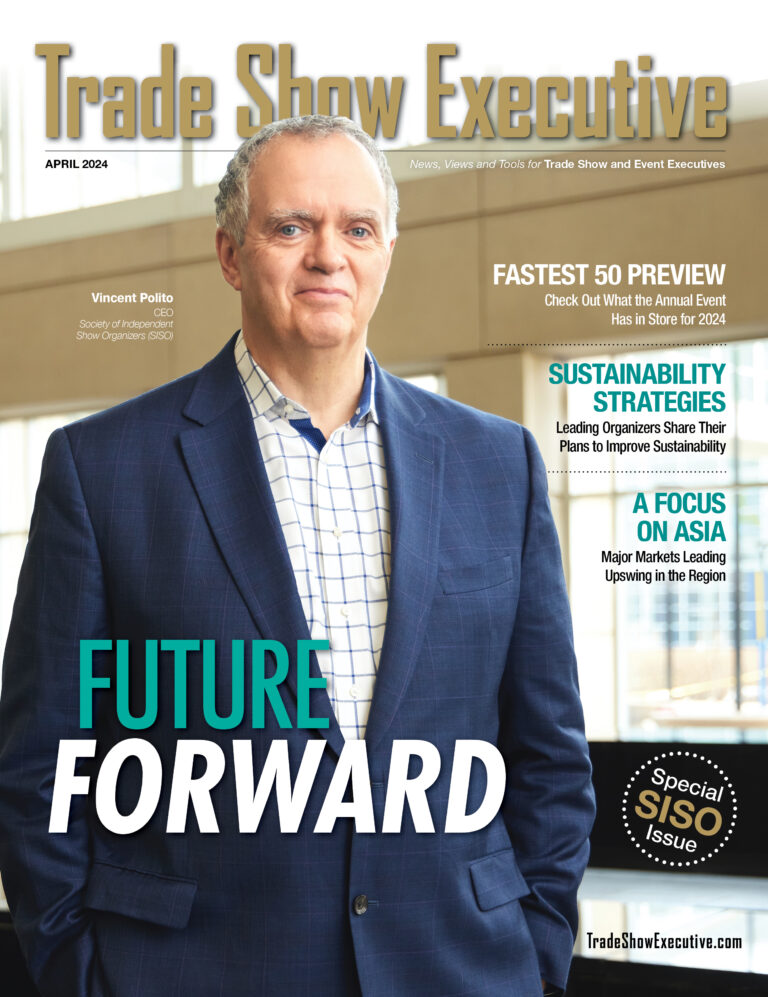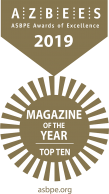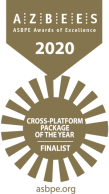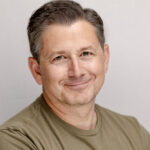Washington, DC – The door to Cuba suddenly swung open for trade show organizers and meeting planners in December, although Havana has some work to do on its convention industry infrastructure.
President Obama announced that the U.S. and Cuba were ready to normalize relations and remove obstacles to travel to the island, which has been largely closed to Americans since the 1960s. Among the changes will be the freedom to travel to Cuba for “professional research and professional meetings” and the acceptance of U.S. credit cards by Cuban merchants.
Washington’s surprising move conjures up the vision of events taking place along Havana’s exotic Caribbean beachfront, just a short plane trip from Miami. But the capital city’s convention heyday was in the 1950s when it rivaled Las Vegas as a gaming getaway, and U.S. organizers will have to take a closer look at the current state of facilities before making any decisions on putting Cuba into their rotation.
Voice of Experience
Peter Nathan, who logged more than 58 years in the exhibition industry before retiring as president of PWN Exhibition International in 2012, said it was unlikely U.S. organizers would be cracking the Cuban market overnight. “It is going to take some time for this development to impact the trade show industry,” he told Trade Show Executive.
Nathan, a founding member of the Society of Independent Show Organizers (SISO), knows the ropes better than anyone when it comes to staging exhibitions in unfamiliar locales such as Cuba and Libya. In January 2000, he organized a medical/healthcare exhibition in Havana, the first U.S. exhibition to be held in Cuba in over 40 years. He returned to Cuba two years later to produce the U.S. Food & Agribusiness Exhibition with nearly 300 American firms participating.
Nathan told TSE there remained legal roadblocks to doing business in Cuba that would have to be removed in Washington. He said the Office of Foreign Assets Control (OFAC) will implement the U.S. Department of Treasury-specific changes to the Cuba sanctions by way of amendments. The U.S. Department of Congress will implement the remainder of changes via amendments to its existing Export Administration Regulations. “President Obama’s announcement doesn’t end the embargo and none of the changes take effect until the new regulations are issued,” said Nathan. Congress may have to vote. “
Basic Infrastructure
Havana’s primary venue is the Havana Convention Center, which is sometimes called the Havana International Conference Center or Convention Palace. It is a fairly small building built in 1979. It offers a total of 60,000 square meters (645,835 square feet) of function space. The building’s exhibit space totals 1,000 square meters (10,764 square feet).
The center’s website also noted a dozen meeting rooms and a theater/auditorium that seats 1,550. There are also 174 adjacent hotel rooms. A cadre of meeting planners is on staff to assist with the planning and execution of events.
A Venue Manager’s Perspective
“This news is exciting on so many levels,” said Gregg Caren, executive vice president of SMG Convention & Exhibition Centers. “On a professional level, it is one of the closest untapped markets that will undoubtedly draw interest once the legal and infrastructure issues are dealt with. From SMG’s perspective – the Caribbean and Latin American markets have been growth areas for us. On a personal level, we have numerous Cuban-American co-workers that will undoubtedly be eager to not only watch, but assist in accelerating the redevelopment of Cuba as a convention and trade show destination.”
Regional Events Abound
The Havana Convention Center stays busy with regional events organized within Cuba. The government is sponsoring Pedagogia 2015, an education conference, at the center on January 26-30. In May, the VI Cuban Earth Sciences International Convention and the Exhibition will take place. The biennial event drew 859 attendees and exhibitors in 2013, and covered research and new developments in mining, energy extraction, geology and geophysics.
Other questions for show organizers include airlift and the size and condition of Havana’s hotel inventory. The landmark 457-room National Hotel was built in 1930 and renovated in 1992. Its guest list included Frank Sinatra, Rita Hayworth, Stan Musial, and Walt Disney.
Another potential concern is also the Cuban telecommunications network. The White House stated that telephone service is expensive, and Internet service is available to about 5% of the country.
Cuba offers planners an untapped venue that may pique the interest of attendees who have visions of walking the same streets once haunted by Ernest Hemingway and a who’s who of mafia dons. But a site visit would be in order – and the new travel rules cap the amount of rum and cigars that can be brought back to the U.S. at $100.
Reach Octavio Pérez Marrero, director of the Havana International Conference Center, at (537) 202 6011 or octavio@palco.cu











